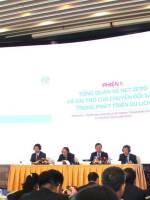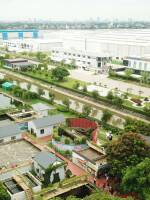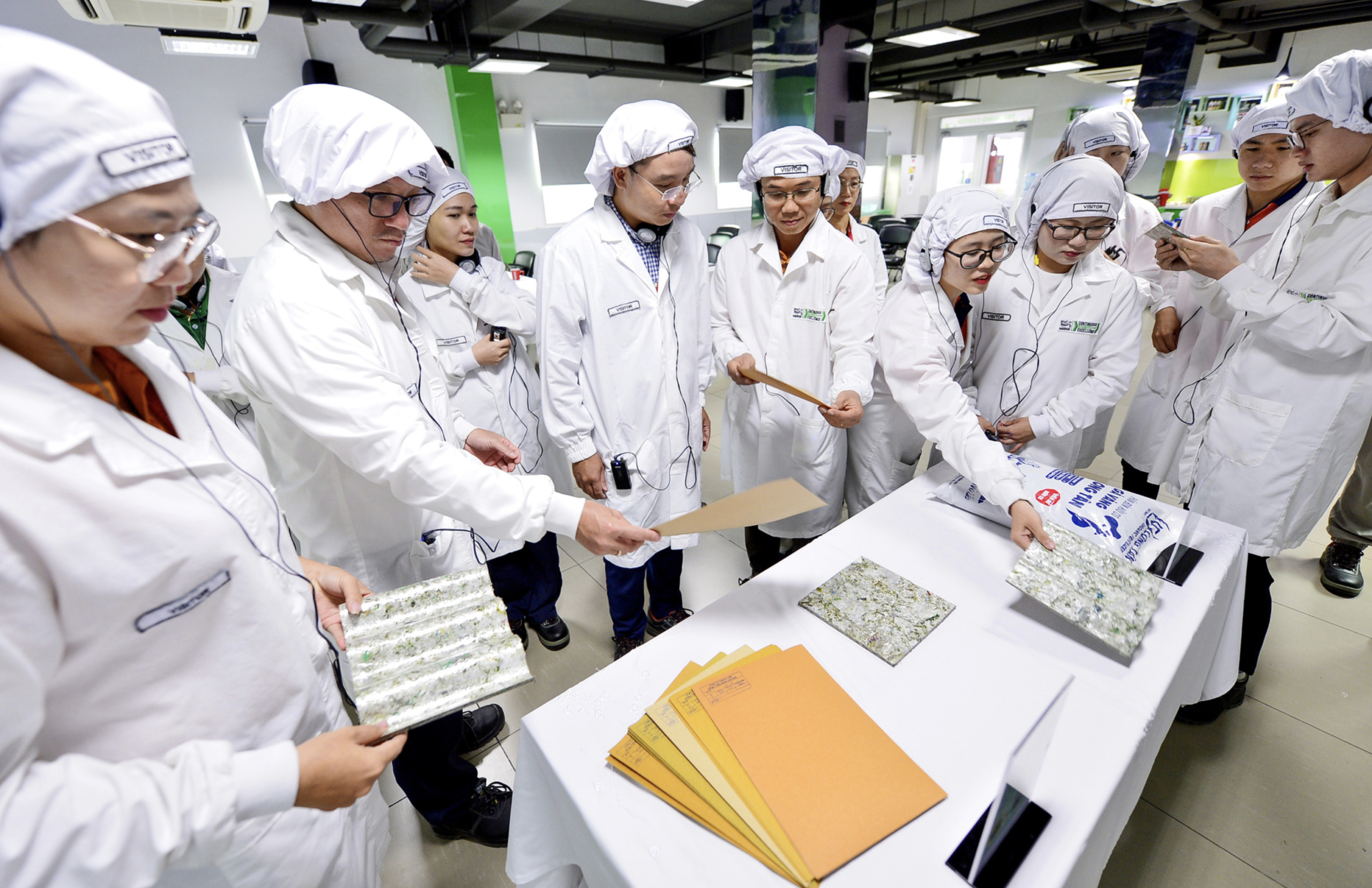
The increased use of green building materials for high-rises, apartment blocks, warehouses, and industrial parks is meant to cut carbon emissions.
As investors have been attaching much significance to green buildings, local producers are rushing to manufacture eco-friendly construction materials.
Rise of eco-friendly building materials
One of the positive signs showing Vietnam’s building material industry entering the green transition stage is multiple enterprises launching green products.
Fico Tay Ninh Cement JSC has introduced green-labeled cement to the local market, with carbon dioxide emissions reaching just 350 – 600 kilograms per metric ton, down up to 70 percent compared to the Portland cement.
Specifically, four bags of the eco-friendly cement will help reduce a large amount of carbon dioxide emissions equivalent to that absorbed by a tree in a year, according to the producer.
Nguyen Cong Bao, director of Fico Tay Ninh Cement JSC, said that the firm had invested in automated production lines and machines as well as focused on the research and development aspect to manufacture the eco-friendly cement.
Apart from supplying low-carbon cement, the firm aims to set a competitive price for the product thanks to automation, machinery, and cost-saving methods, Bao stated.
Meanwhile, SCG Concrete Roof Company brought to the local market its green cement, which cuts 20 percent of carbon emissions during the production process compared to the common type.
A representative of the firm said that the product secured the Singaporean green certification, making it the first concrete roof brand in Vietnam to obtain the certificate.
Similarly, paint companies have quickly jumped on the eco-friendly production bandwagon.
Le Dong Lam, general director of PPG Vietnam, said that the firm had expanded its factory and improved technology to provide the market with green products to suit customers’ needs.
The company’s new coating products have high durability and help cut carbon dioxide emissions.
“We like to produce eco-friendly products with a roadmap until 2030, looking to book 50 percent of our revenue from these green products,” Lam revealed.
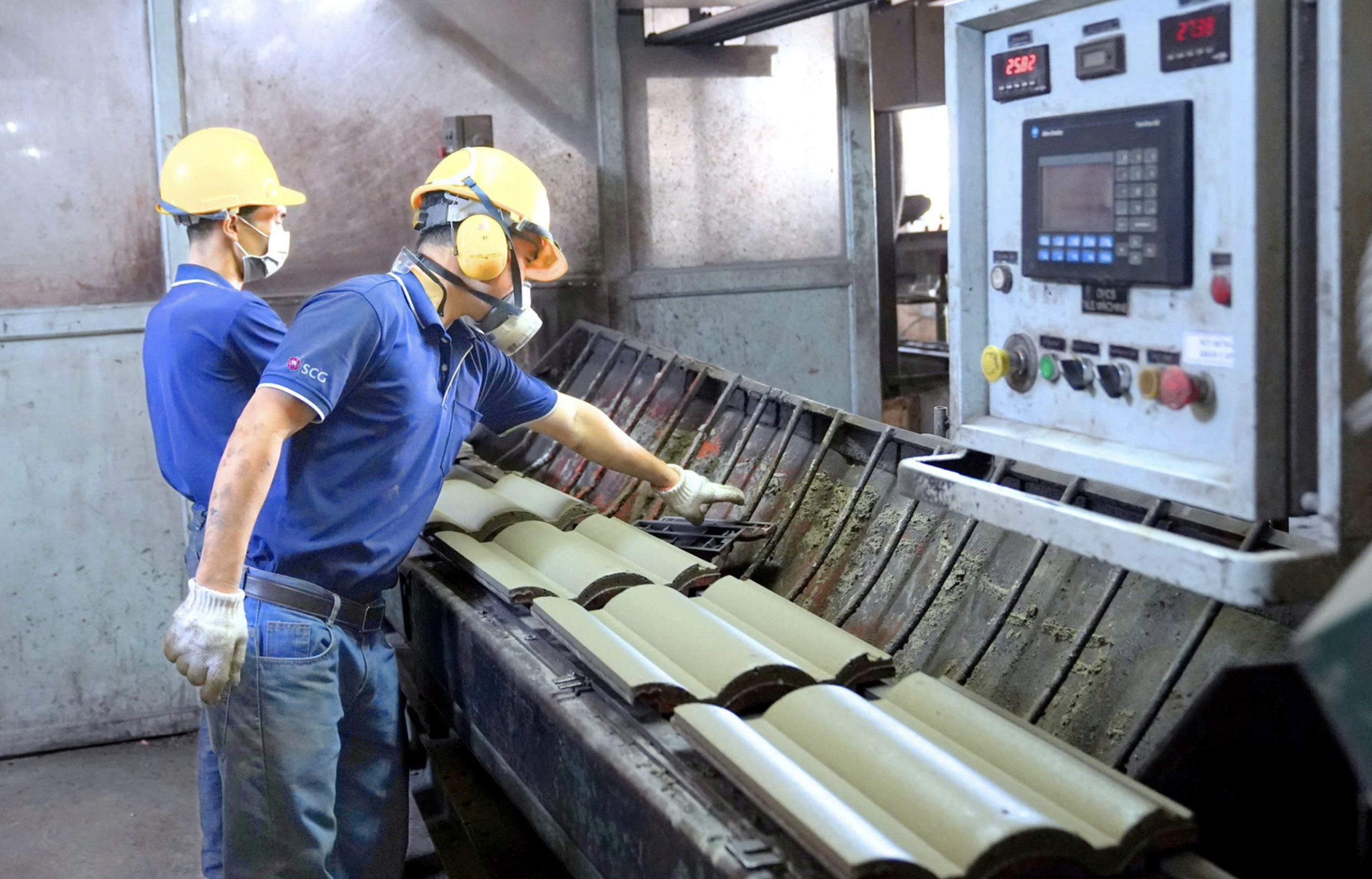
How a green certificate is granted
Developing green buildings, especially trading high-rises, offices, and warehouses for rent, is becoming a trend of Vietnam’s construction industry.
In early 2025, an office and shopping mall tower with U.S. green certification will be put into service in downtown Ho Chi Minh City.
Naved Agha, project development director at Masterise Homes, the investor of Marina Central Tower, said that the sustainable trend is booming in Vietnam, which is committed to achieving net-zero emissions by 2050, so the firm prioritizes sustainability.
To receive the LEED Gold certification from the U.S. Green Building Council, the tower has met all of its standards, including optimizing green spaces, effectively using energy and water, and cutting carbon dioxide emissions, said Agha.
Moreover, in downtown Ho Chi Minh City stand two towers: The Hallmark and The Mett, both being granted the Green Mark Gold certification by Singapore.
The The Nexus office tower in District 1, Ho Chi Minh City was listed as an EDGE-certified green building.
In addition, social houses are being developed in line with green standards.
Investors in green building projects must adhere to strict environmental standards throughout the entire process, from location selection to design, construction, operation, and handover, aimed at conserving energy and water, reducing carbon emissions, and enhancing environmental quality, according to Luu Thi Thanh Mau, general director of Phuc Khang Construction and Investment Corporation.
Industry accounts for 55 percent of green construction projects
Hardy Diec, CEO of KCN Vietnam Group JSC, noted that foreign investors are increasingly focused on green industrial zones, urging industrial park developers to prioritize investments in sustainable practices, including Environmental, Social, and Governance (ESG) standards and efforts to reduce carbon emissions.
KCN Vietnam Group has commenced the second phase of its warehouse project at DEEP C – Hai Phong Industrial Park, with completion slated for the first quarter of 2025.
The investor has adhered to green standards in an effort to attract foreign capital, Diec said.
Le Thi Huyen Trang, senior director at JLL Vietnam, added that industrial park projects lead the way among green-certified buildings in Vietnam.
According to a recent survey made by the Vietnamese Ministry of Construction and International Finance Corporation, 55 percent of green construction projects in the Southeast Asian nation come from industry.
Data on projects certified with the LEED in 2023 showed that over 70 percent of these projects belonged to the industrial group such as factories and warehouses.
Leadership in Energy and Environmental Design (LEED) is a green building certification program used worldwide.
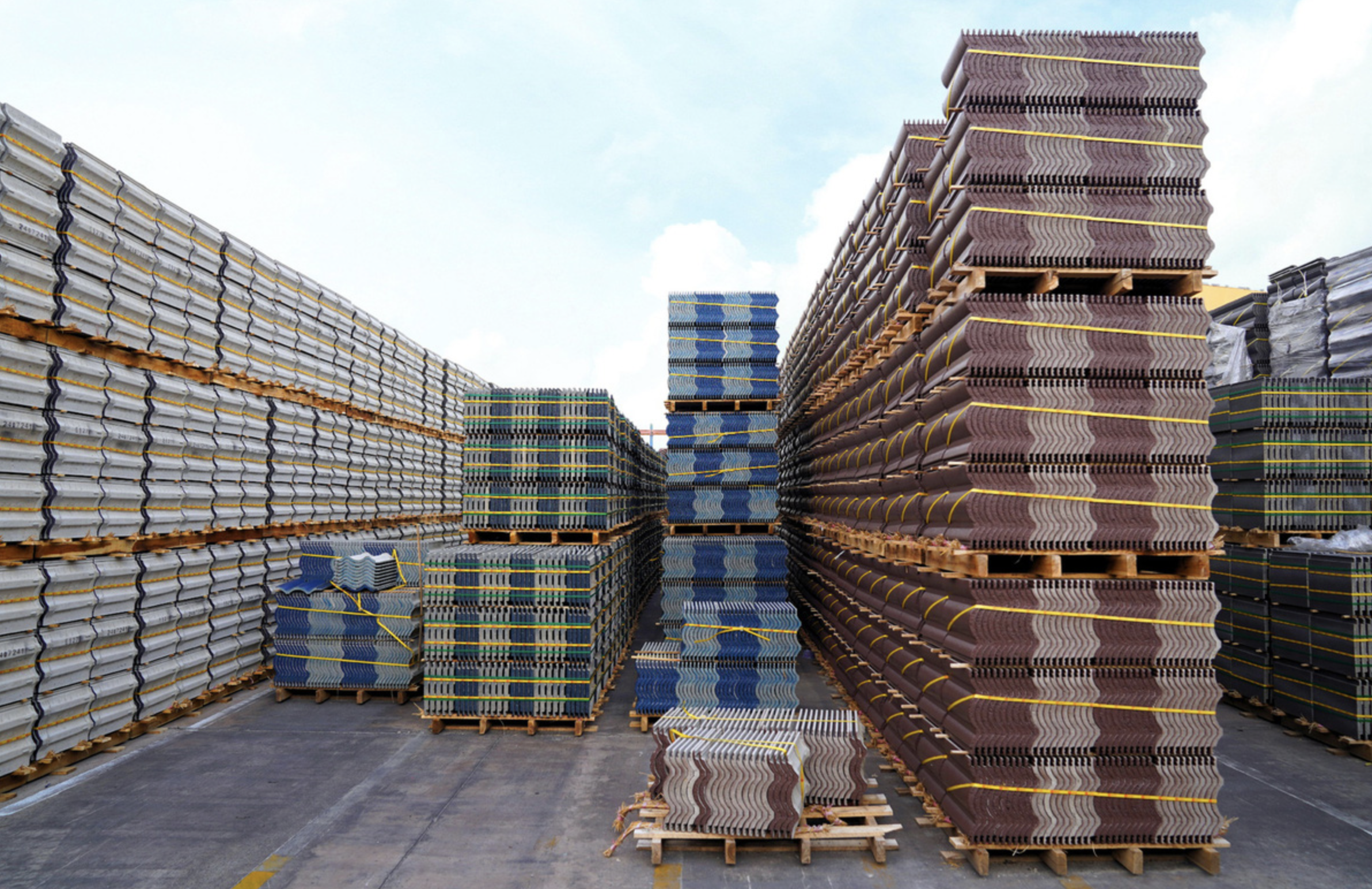
Green buildings cost a fortune, but generate lengthy benefits
Vu Linh Quang, a member of the board of directors at the Vietnam Green Building Council, said that nearly 500 buildings spanning a total area of some 11.5 million square meters have obtained EDGE, LEED, and Green Mark certificates.
These certification schemes feature various levels and different requirements, and quote different fees based on the function and scale of the building, said Quang.
Despite high costs, these green buildings can generate multiple benefits such as saving operation costs, saving water and energy, reducing noise pollution, and shortening the capital recovery period.
Quang noted that the trend of constructing green buildings is gaining momentum in Vietnam.
Naved Agha echoed this sentiment, highlighting that green buildings help optimize energy use, reduce operating costs, improve occupant health, and boost company productivity.
Dong Mai Lam, general director of Schneider Electric Vietnam and Cambodia, pointed out that 80 percent of carbon dioxide emissions stem from fuel consumption, stressing that technology plays a critical role in reducing 70 percent of those emissions.
Lam added that Schneider Electric has partnered with the World Economic Forum to promote the benefits of green buildings, such as lower operating costs, higher rental yields, increased competitiveness, and enhanced corporate reputation for sustainability and social responsibility.
While the initial investment in green buildings is four to six percent higher than that for conventional structures, Lam said the cost could decrease by 2030 as more advanced technologies become available.
Tieu Bac – Ngoc Hien


